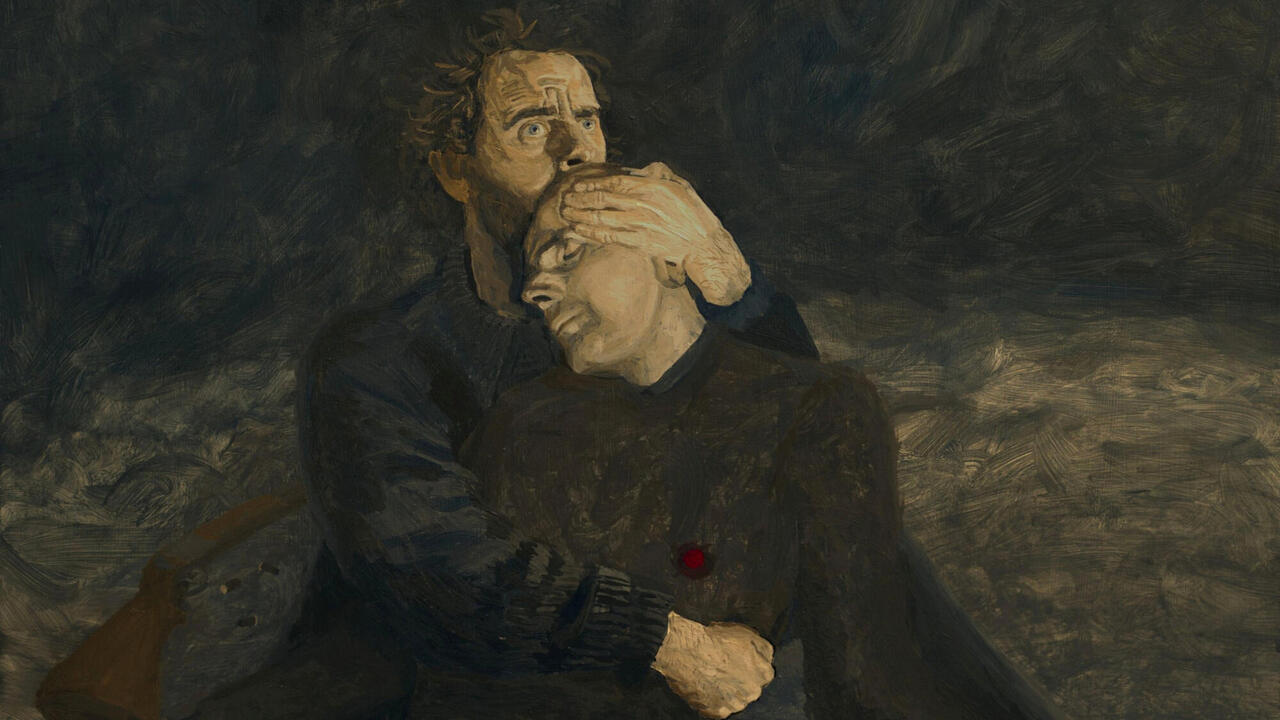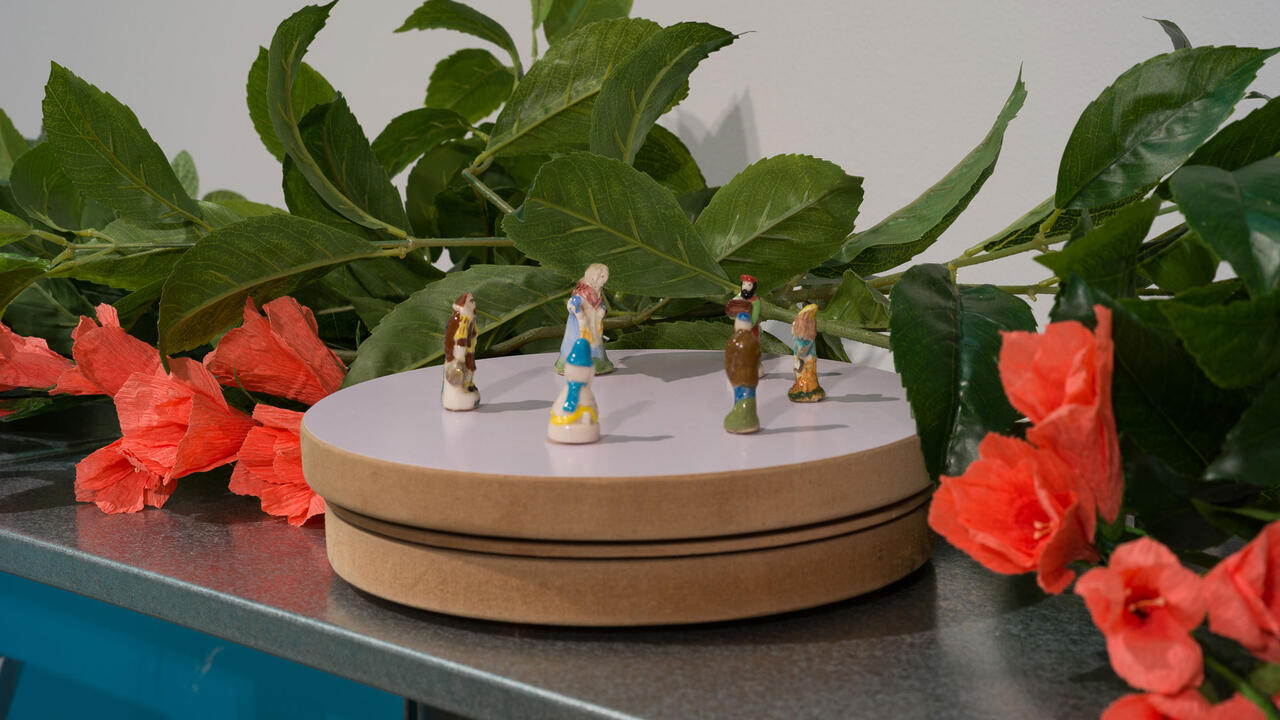Liisa Roberts
Much of the discussion surrounding Liisa Roberts' recent work has centred on the issue of precedence. Her work has been variously described as a critique of Minimalist phenomenology, a return to the forms of Structuralist filmmaking, and an examination of the suppressed materialism of Conceptual art. As Chrissie Iles, the Whitney Curator of Film and Video, and organiser of the show, pointed out in the brochure, Roberts' practice is in dialogue with a number of artists who came to prominence in the late 60s and 70s - Lygia Clark, Hélio Oiticica and Dan Graham - as well as aspects of Freud's theory of the unconscious. In Iles' opinion, Roberts' engagement with these predecessors is fruitful and, more importantly, carried out from a critical standpoint.
It is true that overt links to previous models, in both visual and theoretical terms, can be discerned within Roberts' work. This might, of course, be the result of a constructive and protracted interaction with the accomplishments of the artists she admires, though not everyone would agree. Roberta Smith, in her New York Times review of Blind Side (1998), focused almost exclusively on the compromising connection she saw between the installation and Michael Snow's film, Wavelength (1967).
Like other ambitious and well-informed artists of her generation, Roberts is in the tricky position of wanting to produce work that demonstrates an awareness of a rich past while retaining its own voice in the present. Her grasp of the complexity of the situation has led her to seek an elusive, fleeting stability among competing levels of artistic priority. In the case of Blind Side, this search for a kind of balance, however precarious it may be, seems to manifest itself in the physical structure of the piece as well as in the experience of viewing it.
Blind Side positions the viewer between a large, translucent screen and a mirror of equal size. Triggered by movement, a film of the interior of a Victorian-style room is projected through (and onto) the screen and against the mirror, its reflection forming a second, identical image. The 'action' that takes place in the film's theatre-like space primarily involves the effects produced by the changing natural light as seen through tall windows looking out over buildings toward a freeway overpass. The sequence condenses what appears to be around 24 hours into roughly six minutes, generating rapid, jerky shifts in illumination.
The installation is rife with opposing elements. In order to keep track of the split between real and projected space, for example, a degree of perceptual flexibility is required of the audience. While an air of quiet gentility is suggested by the Persian carpet, chandelier and well-upholstered furniture, the scene outside the window is distinctly charged and urban. The blurry motion of the cars in the distance is countered by the unchanging stillness of the room. And with the speed of the passing day, the most striking contrast is between light and dark, the two poles that determine how much can be known about the different spaces at any given moment.
For the most part, the film appears to hover somewhere between these two extremes: either it is too dark outside to be able to make out the interior of the room, or the sunlight enters the windows from an angle that washes out the exterior view. However, during the course of this truncated time-span there are a few brief instances when one has the sensation that the light is falling just in the right place to allow for the simultaneous comprehension of all spaces, including the actual room in which one is standing. Though it barely lasts long enough to register an impact, the effect (especially after seeing the projection several times in a row) is pronounced and strangely satisfying in a distinctly visceral way. Suddenly it feels as if the real and artificial spaces merge into a seamless whole.
When the film comes to an abrupt conclusion, ambient noise from the street - broadcast live into the gallery through a speaker in the ceiling - drags the viewer back into the mundane environment of the museum. The unavoidably fragile condition of any notion of totality, artistic or otherwise, is again brought home as one exits to the fragmented sounds of footsteps and snatches of conversation on the pavement. In Blind Side, Roberts presents a vivid and compelling account of the difficulty involved in achieving a combination of factors - temporal, spatial, historical - that collectively convey a singular experience. Embedded within this process of rejected stasis is an acknowledgement of the artist's dilemma: finding the proper arrangement for all the constituent parts that make up the mechanics of influence.














